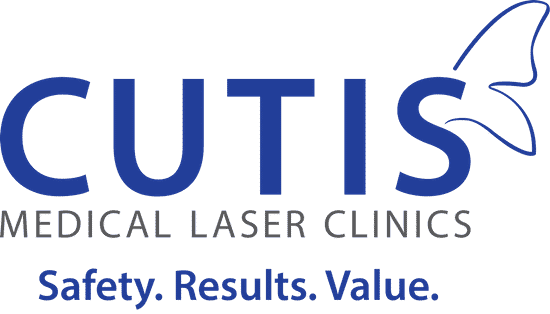Does this need to be our future as we get older: diminished libido, sexual dysfunction, depression, bone loss, sleep disturbances and memory lapses? The answer is no.

We now know how to optimize quality of life while minimizing the risk of chronic diseases. In this section, we will focus on testosterone modulation for men and women.
It certainly is well known that aging in men and women requires a critical balance of estrogen, testosterone, thyroid, DHEA, cortisol and growth hormone.
As historical background, in 1940, the Journal of the American Medical Association published the first article describing the clinical utility of testosterone to treat symptoms of “male climacteric.” Controversies and confusion have surrounded this area of research ever since.
It has been over 60 years since Charles Huggins presented his landmark work showing that castration caused the regression of metastatic prostate cancer, linking forever the issue of prostate cancer and testosterone.
The recognition that prostate cancer is largely androgen dependent has resulted in reluctance in some corners, often a strong refusal, to treat hypogonadal men with testosterone replacement therapy.
The feeling was that if castration or pharmacologically lowering of testosterone to castrate levels is a mainstay of treatment for advanced prostate cancer, then to increase testosterone may be harmful.
So this leads to the question, how do we reconcile the benefits of testosterone replacement therapy in hypogonadal men with the potential risks that testosterone replacement therapy may cause an occult cancer to grow?
Controversies and confusion have persisted, but curiously, after many years of testosterone usage, there remains no compelling evidence that testosterone replacement therapy does indeed represent a true risk for prostate cancer growth.
We will summarize some of the data regarding this issue, in attempt to resolve the controversy.
Although the normal prostate has been shown to be androgen dependent, this does not mean that progressively higher testosterone levels will result in a greater prostatic growth.
In hypogonadal men, testosterone replacement therapy increases PSA only slightly, and prostate volume to a very minimal degree.
It has been concluded that some low threshold level of testosterone is necessary for full growth of the prostate, but above that level there appears to be no additional effect on prostatic growth.
The modern concept developed by Abraham Morgantaler at Harvard, is the saturation theory, in which the testosterone receptor cells in the prostate are fully saturated at a level of approximately 90 ng/dl of testosterone, and beyond this level further addition of testosterone will not stimulate further prostatic growth (benign or malignant).
So what do clinical trials actually tell us about the risk of prostate cancer among men receiving testosterone replacement therapy?
In a 2004 review of patients taking testosterone replacement therapy, the cancer detection rate was found to be 1% over a period of approximately 36 months. This cancer detection rate was virtually identical to the cancer detection rate in men undergoing routine prostate screening that were not on testosterone.
Further studies have demonstrated that there was no difference in prostate cancer development in men that were on or not on testosterone. Indeed, the men with higher testosterone levels were shown to have a lower risk of developing prostate cancer!
This is an interesting observation, since if one believes that a high testosterone is worrisome for prostate cancer, it would follow that a low testosterone would be protective. However, extensive studies have shown that men with a severely reduced testosterone level had a significantly higher prostate cancer rate, by approximately 20%
In men with low testosterone and a PSA of 2.0 or higher, the cancer rate was approximately 30%. So these results now raise the possibility that there may be a degree of protection with a higher testosterone level.
On one hand, a low testosterone does not seem to protect against prostate cancer, and furthermore there is evidence that a low testosterone is associated with higher grade cancers and a higher stage of disease at initial diagnosis.
Nevertheless, current concerns regarding hormones and cancer make it mandatory that men receiving testosterone replacement therapy undergo regular prostate monitoring with PSA and digital rectal examinations during the first year, and then at least annually thereafter.
Prostate biopsies should be performed prior to initiation of testosterone replacement therapy for any man who has an abnormal PSA or abnormal prostate examination at baseline, or who develops a significant change in any of these parameters over the course of treatment. This would be a standard approach with any man even if he is not on testosterone replacement therapy.
So, in conclusion, it appears that with appropriate initial screening and subsequent medical monitoring, testosterone replacement therapy is safe and does not increase the risk of prostate disease compared to the men who are not on testosterone replacement therapy.
- If you would like to be an informed patient, please contact us at +65-6801-4000 or
cutis@cutislaserclinics.com. - Cutis Medical Laser Clinics, 9 Scotts Road Pacific Plaza, Scotts Medical Center #08-07, Singapore – 228210
+65-6801-4000 - cutis@cutislaserclinics.com
